Anth 176 - Midterm Review (Intro, Skeleton, Medicolegal Significance, Search and Recovery, and Postmortem Interval)
1/89
There's no tags or description
Looks like no tags are added yet.
Name | Mastery | Learn | Test | Matching | Spaced |
|---|
No study sessions yet.
90 Terms
Anatomical Position (5 Things)
Standing Erect, Facing Observer
Legs Together
Feet Flat and Forward
Head Level and Facing Forward
Hands at Side with Palms Facing Forward
Supine/Prone
Lying face up/facedown
Superior/Inferior
Above/below
Anterior/Posterior
Front/Back
Medial/Lateral
Toward/Away from Middle
Proximal/Distal
Towards/away from trunk
Ventral/Dorsal
Toward Stomach/Back
Cranial/Caudal
Toward head/tail
Superficial/Deep
toward/away from surface
Anatomical Planes (4)
Sagittal (Left and Right)
Coronal (Anterior and Posterior)
Transverse (Superior and Inferior)
Oblique (Not perpendicular/ off-angled)
Components of Skeletal System
Bones
Cartilage
Ligaments
Teeth
Cranial
head
Postcranial
everything other than the head
Axial
Head and trunk
Appendicular
Limbs
Functions of the Skeleton (5)
• Protection of internal organs
• Support structure
• Provide leverage for muscles
• Mineral storage
• Hematopoiesis
Composition of Bone: Organic
o Cells (osteocytes, osteoblasts, osteoclasts)
o Collagen fibers
o Ground substance
Composition of Bone: Inorganic
Hydroxyapatite
Bone Structure (5)
Diaphysis (shaft)
Epiphysis
Periosteum
Endosteum
Articular cartilage
Classes of Bones (4)
Long
Short
Flat
Irregular
Neurocranium
8 bones of Brain Case
Splanchnocranium
14 Bones of the face
Sutures (5)
• Sagittal
• Coronal
• Lambdoidal
• Squamosal
• Metopic
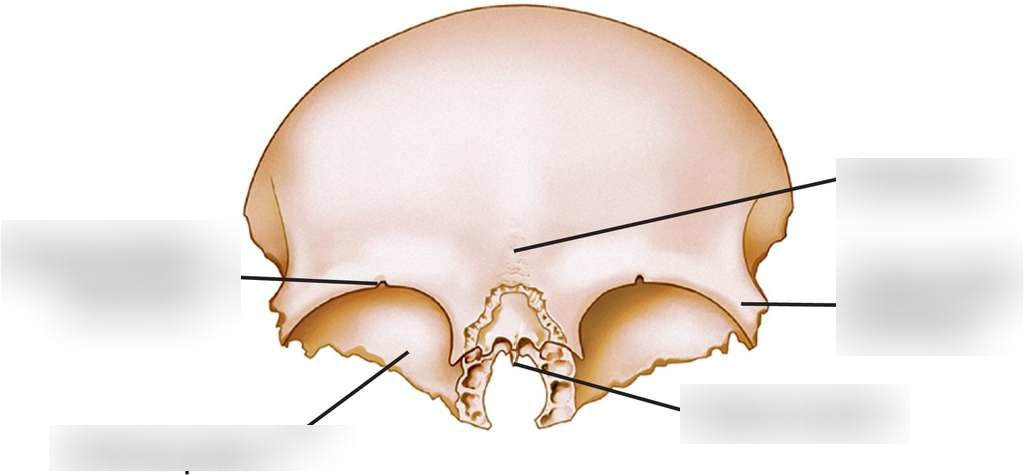
Bone and 4 features
Frontal
• Supraorbital margin
• Supraorbital tori
• Glabella
• Frontal sinus
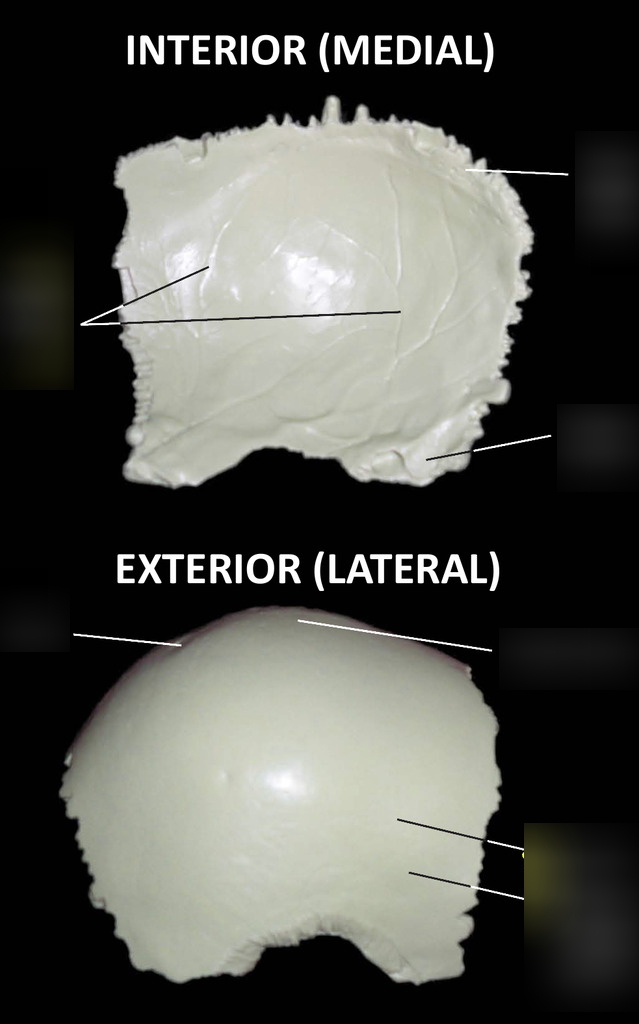
Bone and 3 features
Parietal(s)
• Bregma
• Parietal eminence (boss)
• Meningeal vessel impressions (for siding)
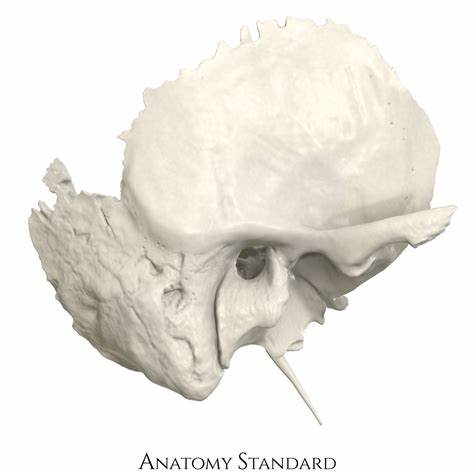
Bone and 7 features
Temporal(s)
• Squamous portion
• Zygomatic process
• External auditory meatus
• Mandibular (glenoid) fossa
• Petrous portion
Styloid Process
• Mastoid process
Ear Ossicles
• Malleus
• Incus
• Stapes
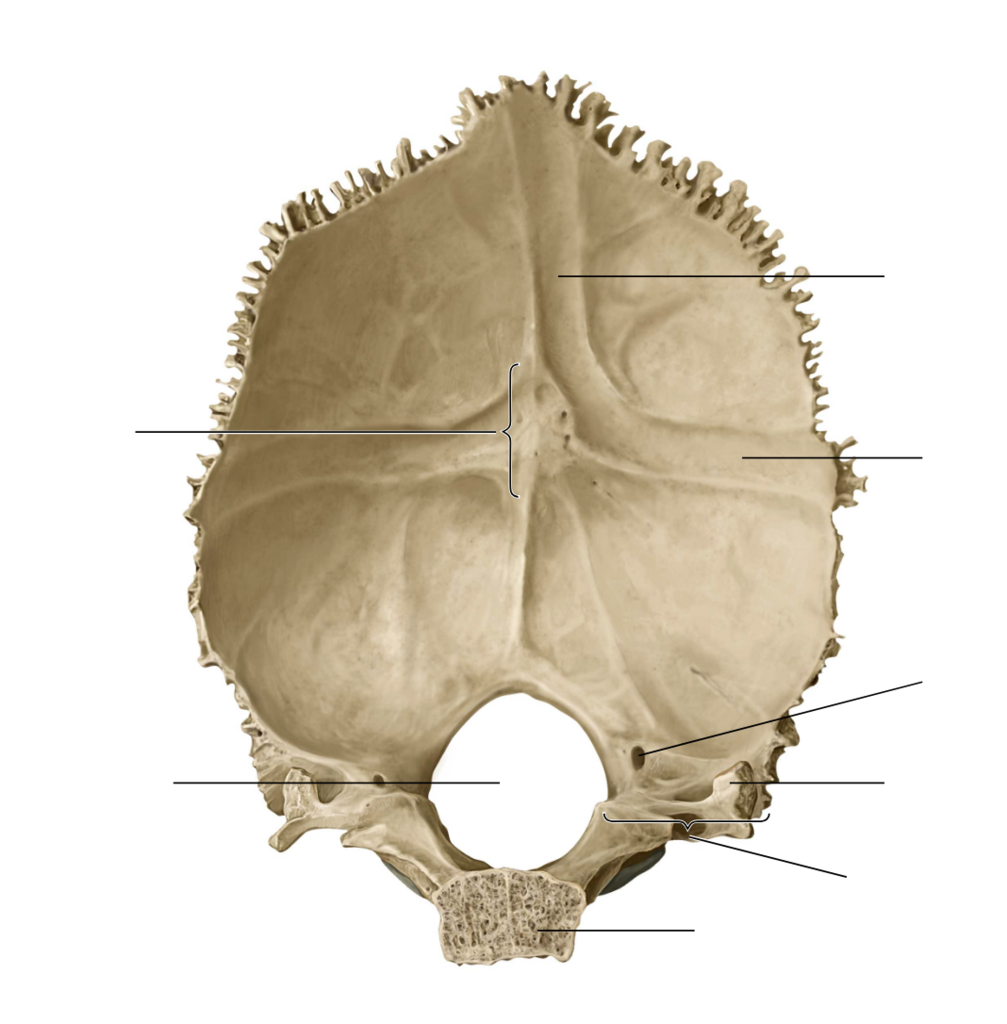
Bone and 5 features
Occipital
• Foramen magnum
• Occipital condyles
• External occipital protuberance
• Nuchal lines
• Sutural (=Wormian) bones
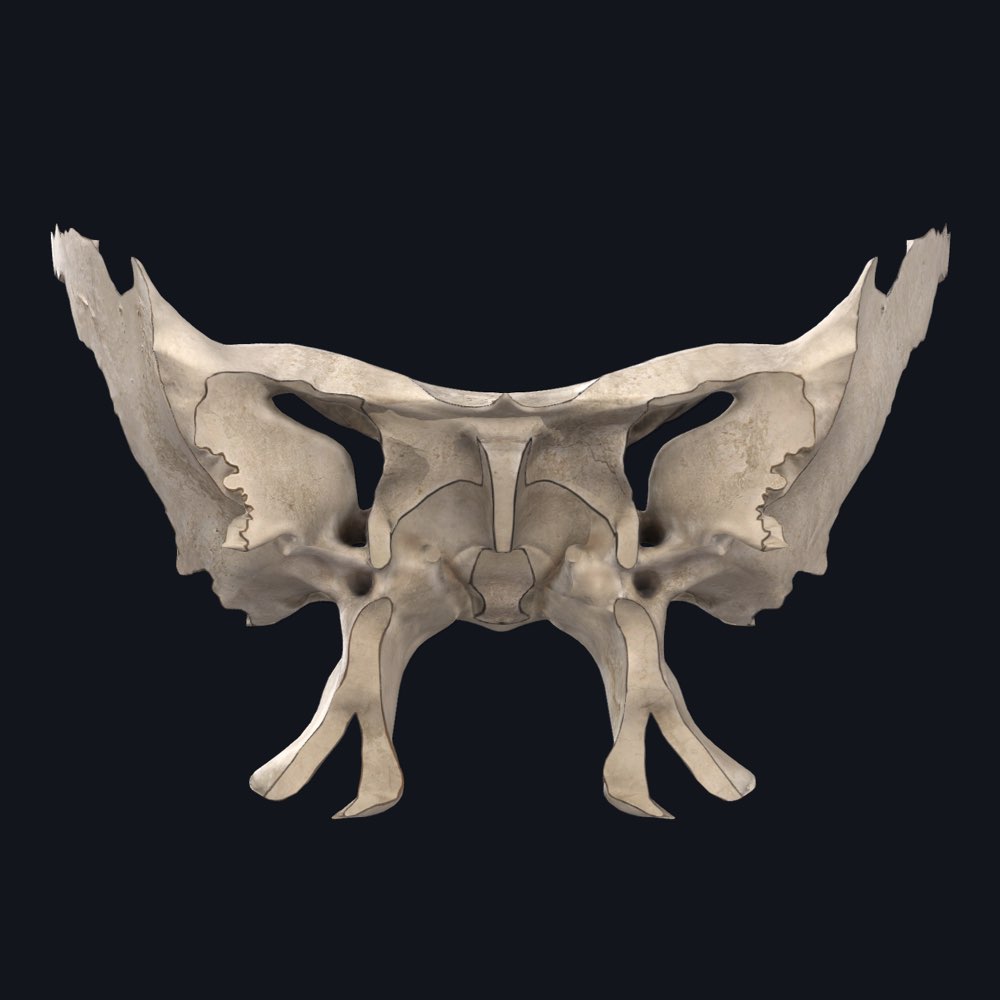
Bone and 8 Features
Sphenoid
• Sella Turcica
• Greater wing
• Lesser wing
• Superior orbital fissure
• Optic canal
• Foramen rotundum
• Foramen ovale
Sphenoid Sinus

Bone and 4 features
Ethmoid
• Crista gali
• Perpendicular plate
• Superior nasal conchae
• Middle nasal conchae
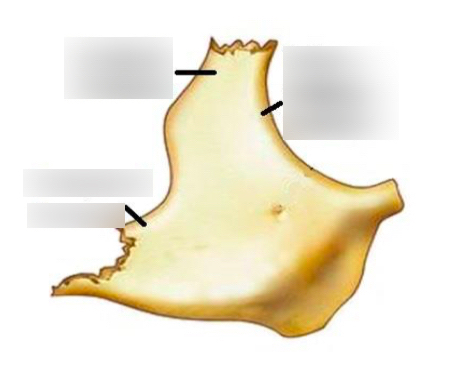
Bone and 4 features
Zygomatic(s)
• Lateral orbital margin
• Temporal process
• Frontal process
• Maxillary process
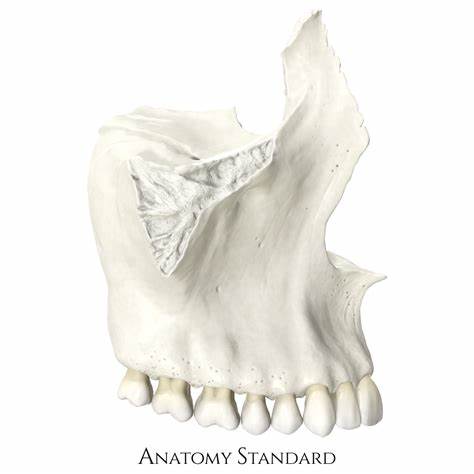
Bone and 5 features
Maxilla(e)
• Alveolar process
• Palatine process
• Anterior nasal spine
• Nasal sill/Subnasal groove
• Maxillary sinus
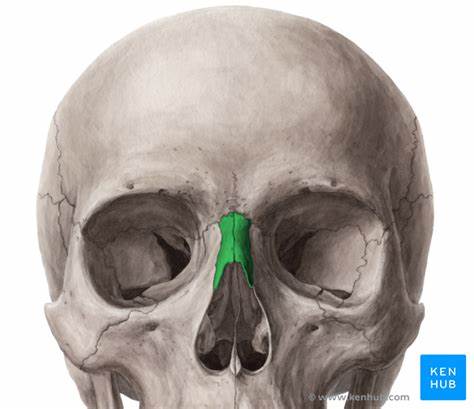
Bone
Nasal(s)
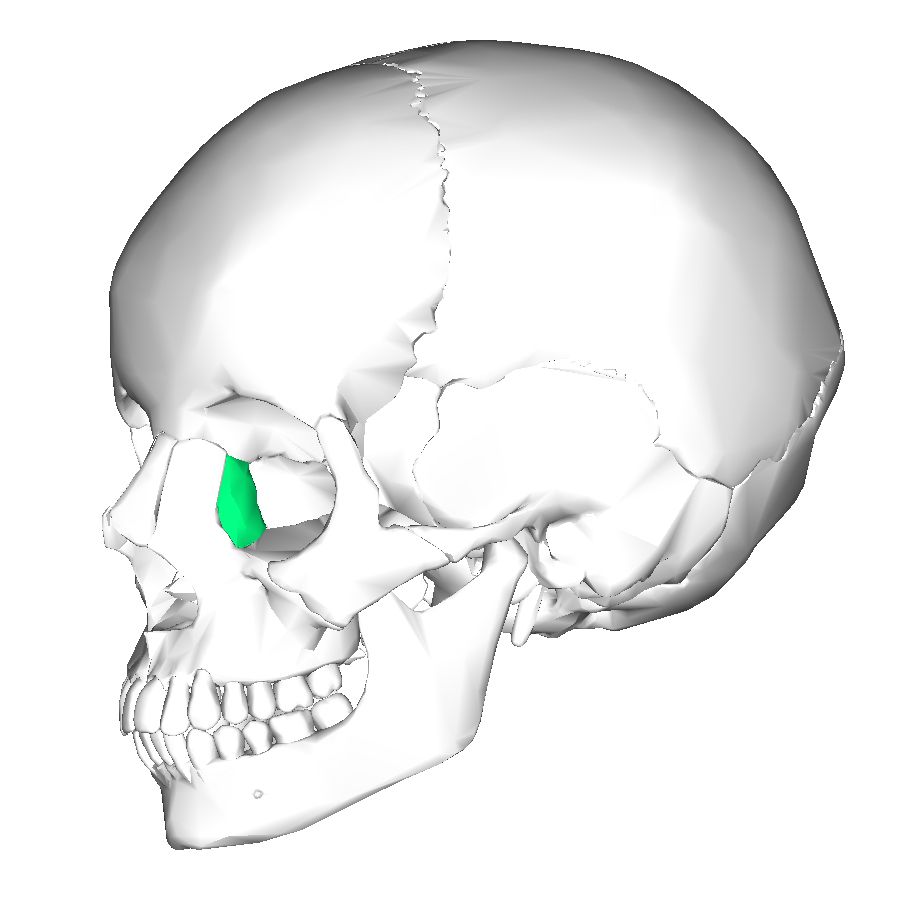
Bone
Lacrimal(s)

Bone
Inferior Nasal Concha(e)
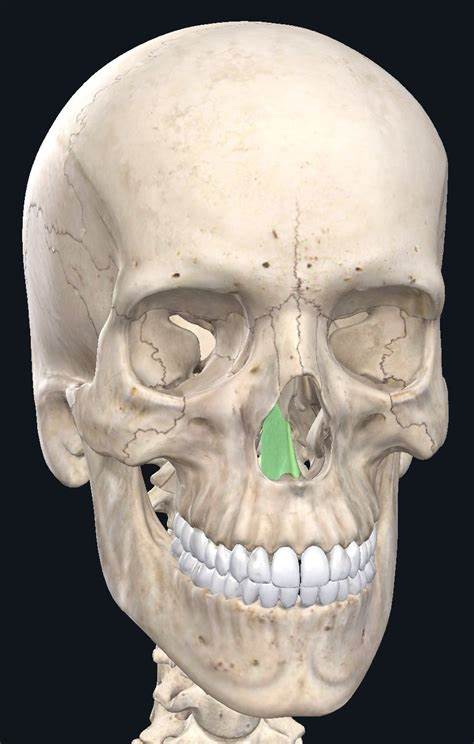
Bone
Vomer

Bone
Palatine(s)
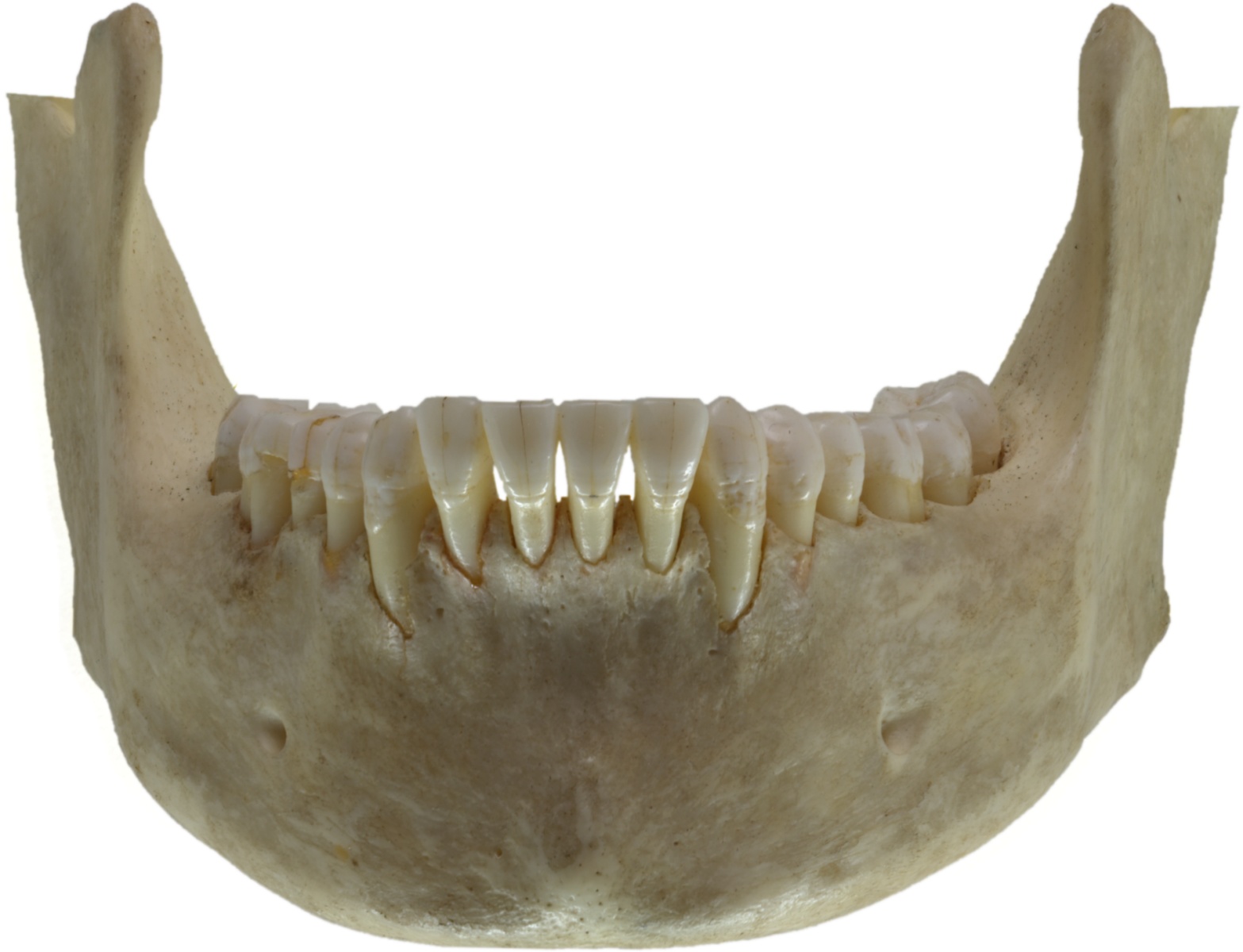
Bone and 6 features
Mandible
• Ramus (=ascending ramus)
• Corpus (=descending ramus)
• Mandibular condyle
• Gonial angle
• Alveolar process
• Mental eminence
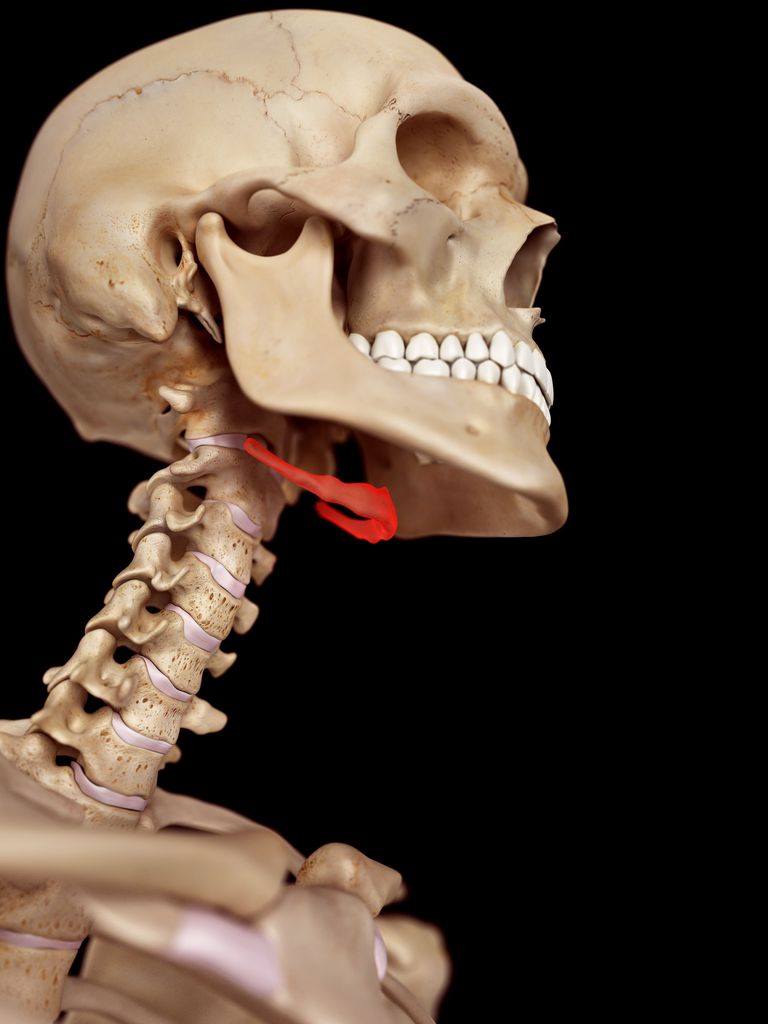
Bone
Hyoid
Dental Anatomy (4 parts)
• Crown
• Cervix (neck)
• Root
• Cusp
Mesial/Distal
Toward Apex of Arcade/Toward Limits of Arcade
Lingual
Towards tongue
Buccal
Towards Cheek
Labial
Towards Lip
Deciduous vs. Permanent
Permanent - 8, 4, 8, 12 (32 total)
Deciduous - 8, 4, 8 (20 total - Missing all 8 Premolars and 4 Molars)
Occlusal/Apical
Towards Crown/Root
Dental Tissues (4)
Enamel
Dentine
Pulp
Cementum
Classes of Teeth (4)
• Incisors
• Canines
• Premolars
• Molars
Vertebrae (classification and count)
• Cervical (7)
• Thoracic (12)
• Lumbar (5)
• Sacral (5)
• Coccygeal (4-5)
Vertebral features (9)
• Body (=centrum)
• Arch
• Vertebral foramen
• Transverse process
• Spinous process
• Transverse foramina (cervical only)
• Costal facets (thoracic only)
• Superior articular facets
• Inferior articular facets
C1 (Bone and Feature)
Atlas: Dens Facet
C2 (Bone and Feature)
Axis: Dens
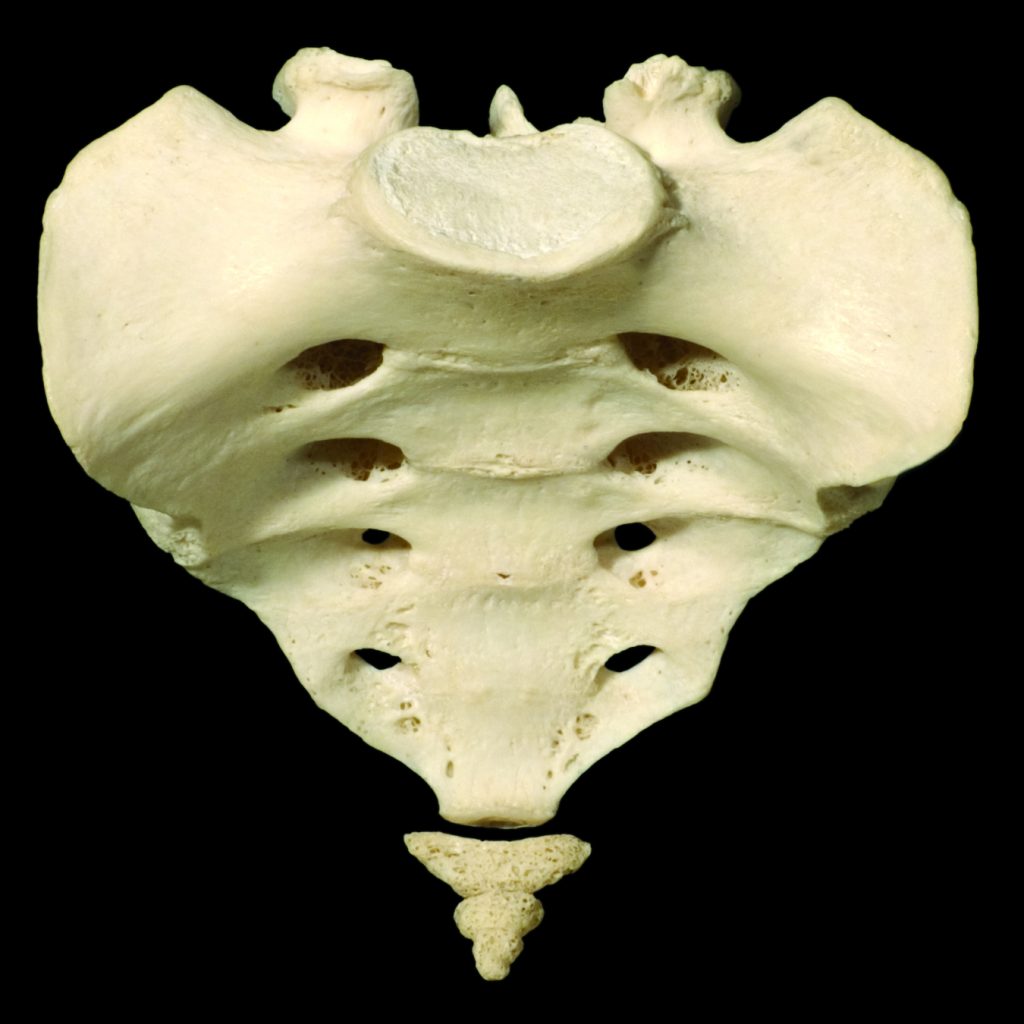
Bone and 3 features
Base
Apex
Auricular Surface
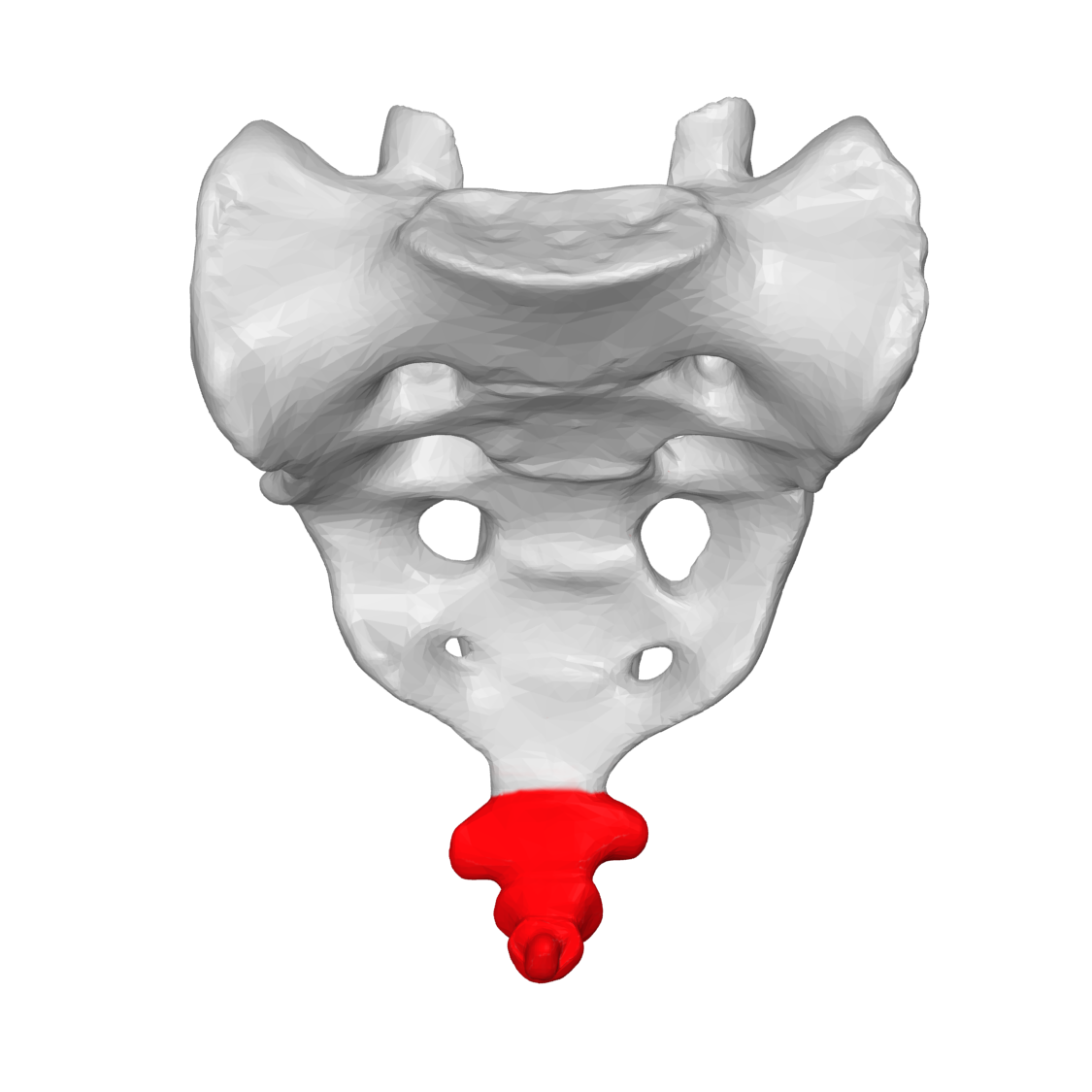
Bone
Coccyx
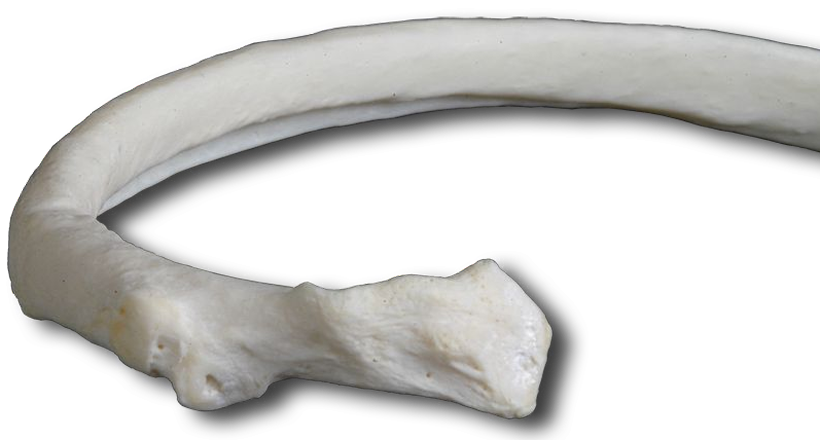
Bone, Number of them per individual, and 4 features
Ribs (24)
• Head
• Tubercle
• Sternal end
• Costal Groove
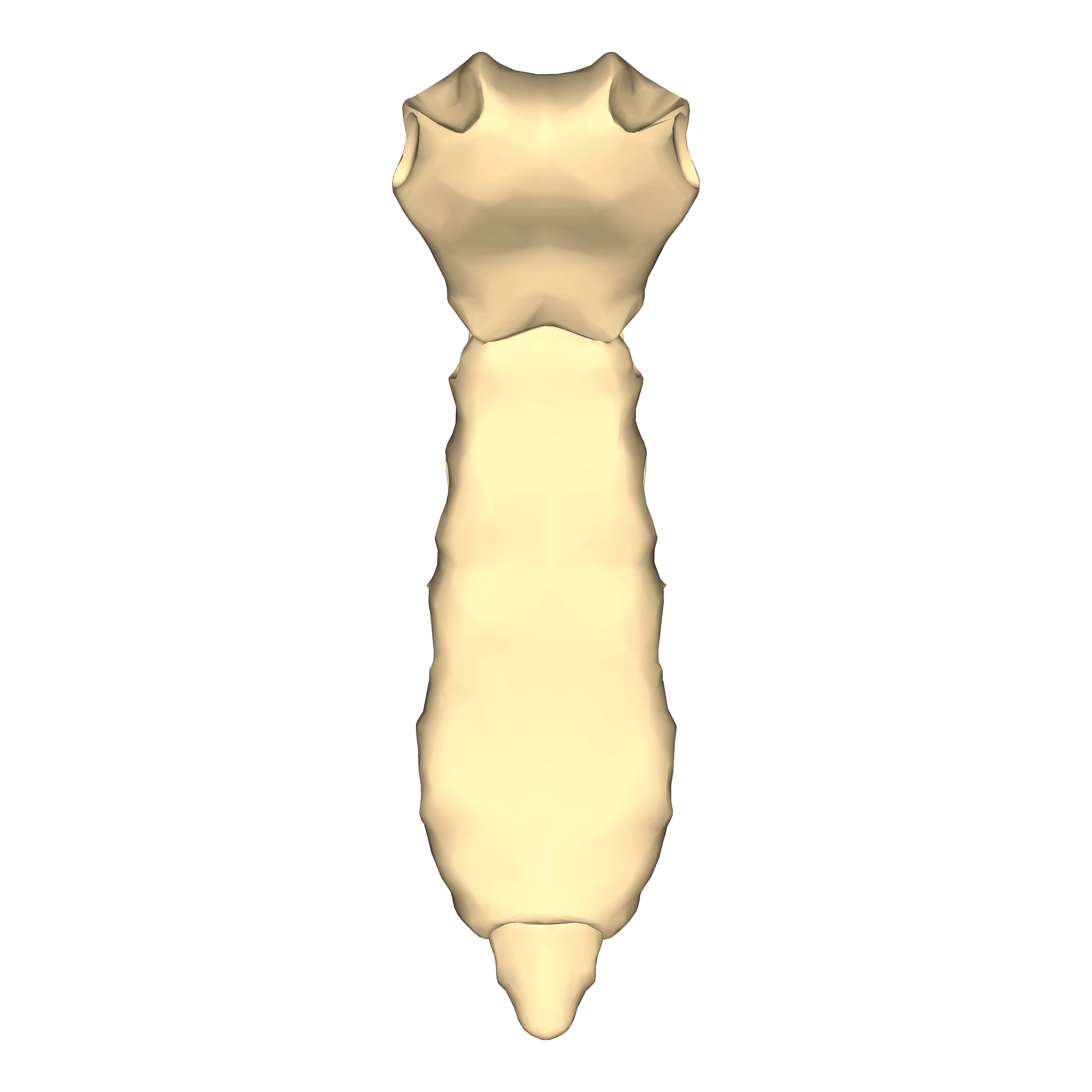
Bone and 5 features
Sternum
• Manubrium
• Clavicular notches
• Body
• Costal notches
• Xiphoid process
4 Periods of Forensic Anthropology
Formative Period (1800-1940)
Ends with the Publication of Guide to Identification of Human Skeletal Materials
Consolidation Period (1940-1970)
Professional Period (1970-1990)
1978 - Creation of the ABFA (only 168 ever certified and 110 active)
Modern Period (1990-Present)
SWGANTH founded in 2008 by FBI and DOD

Bone and 3 features
Clavicle
• Sternal extremity
• Acromial Extremity
• Conoid tubercle
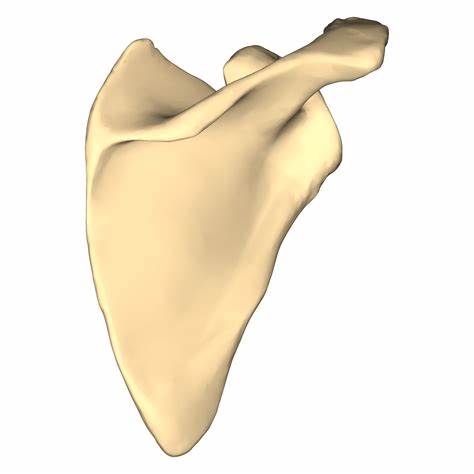
Bone and 4 features
Scapula
• Spine
• Acromion process
• Coracoid process
• Glenoid fossa

Bone and 8 features
Humerus
• Head
• Greater tubercle
Lesser Tubercle
• Olecranon fossa
• Trochlea
• Capitulum
• Medial epicondyle
Lateral Epicondyle

Bone and 6 features
Ulna
• Olecranon process
• Trochlear notch
• Coronoid process
• Interosseous crest
• Radial notch
Styloid Process
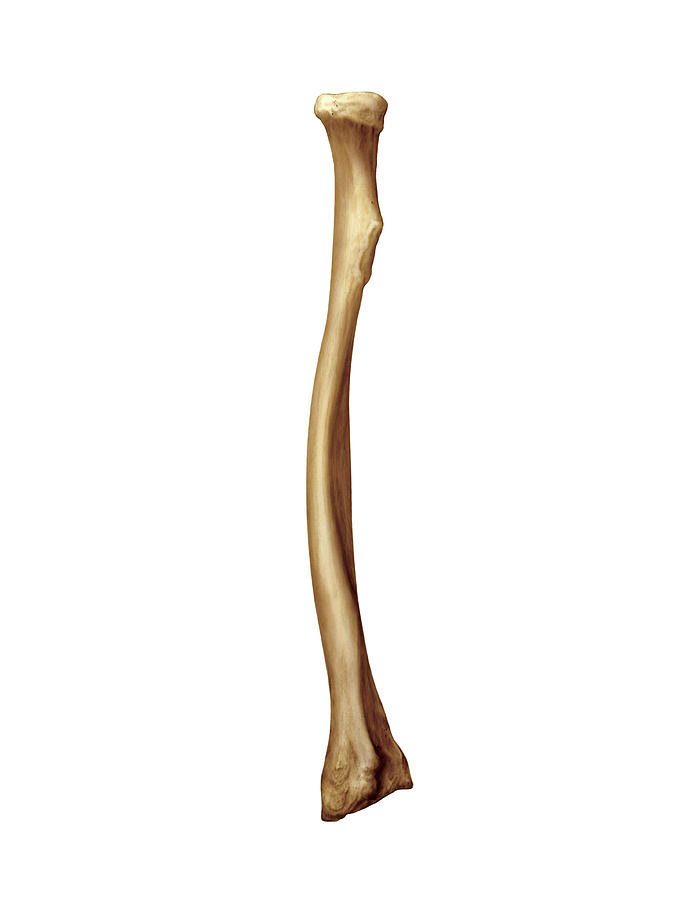
Bone and 5 features
Radius
• Head
• Radial (bicipital) tuberosity
• Interosseous crest
• Dorsal Tubercle
• Ulnar notch
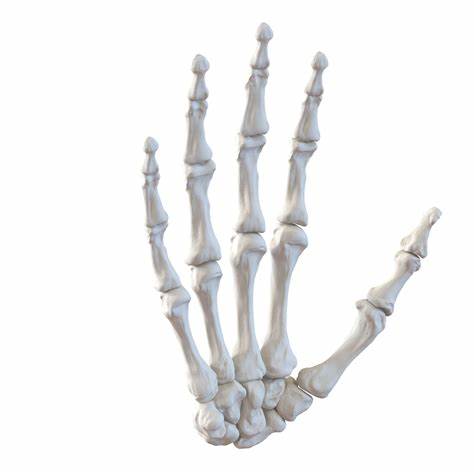
Hand - Bones and number
Carpals (8)
Metacarpals (5)
Philanges (14)
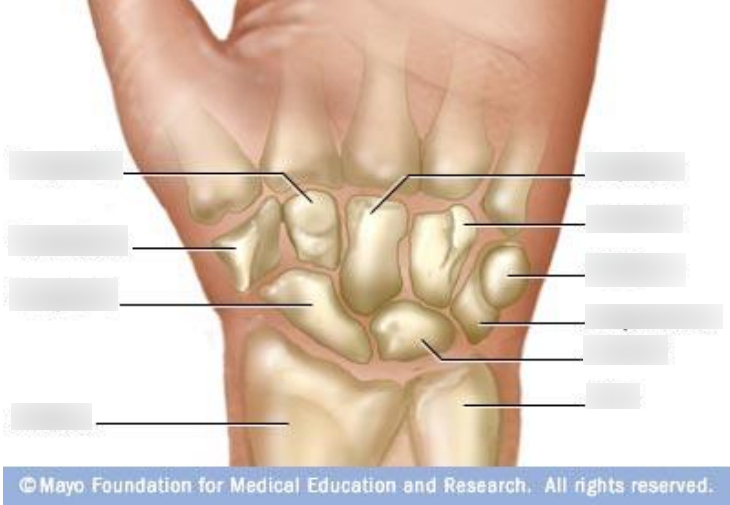
Carpals - Phrase and names
Some Lovers Try Position That They Can’t Handle
• Proximal row (thumb-side to pinky-side)
o Scaphoid
o Lunate
o Triquetral
o Pisiform
• Distal row (thumb-side to pinky-side)
o Trapezium
o Trapezoid
o Capitate
o Hamate
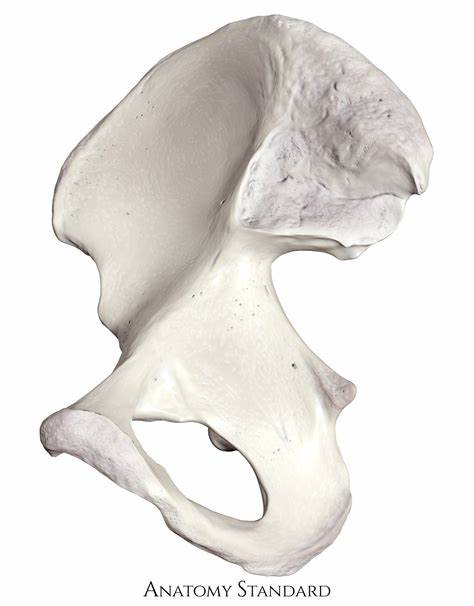
Bone and 8 features
Os Coxae (Innominates)
• Ilium/Ischium/Pubis
• Acetabulum
• Greater sciatic notch
• Auricular surface
• Iliac crest
• Pubic symphysis
• Preauricular sulcus
Obterator Foramen
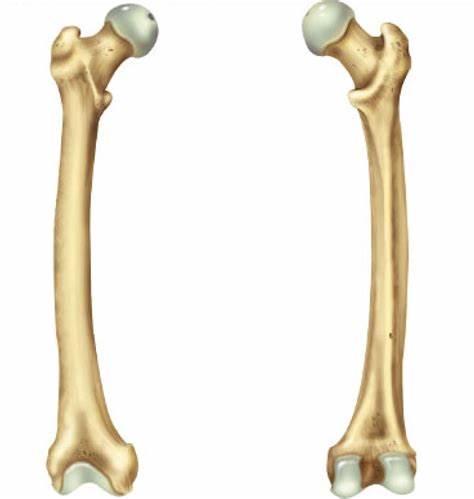
Bone and 10 features
Femur
Head
Neck
Greater Trochanter
Lesser Trochanter
Linea Aspera
Medial condyle
Lateral condyle
Gluteal tuberosity
Intercondylar notch
Patellar Surface
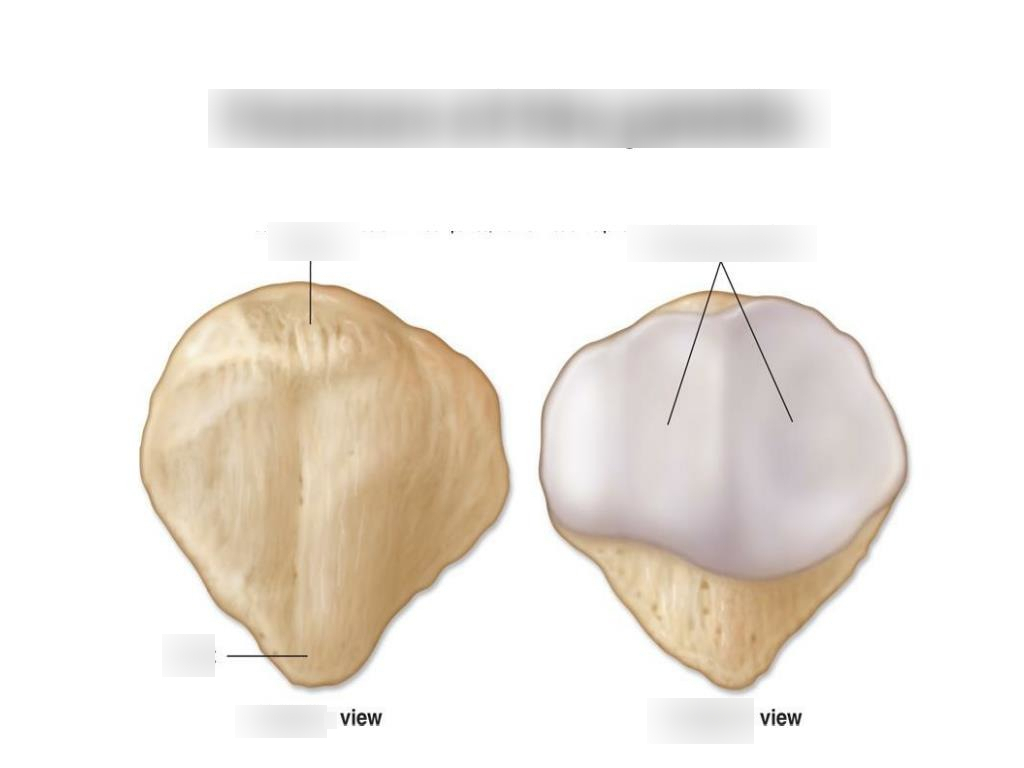
Bone and 4 features
Patella
• Base
• Apex
• Medial articular facet
• Lateral articular facet (BIGGER)
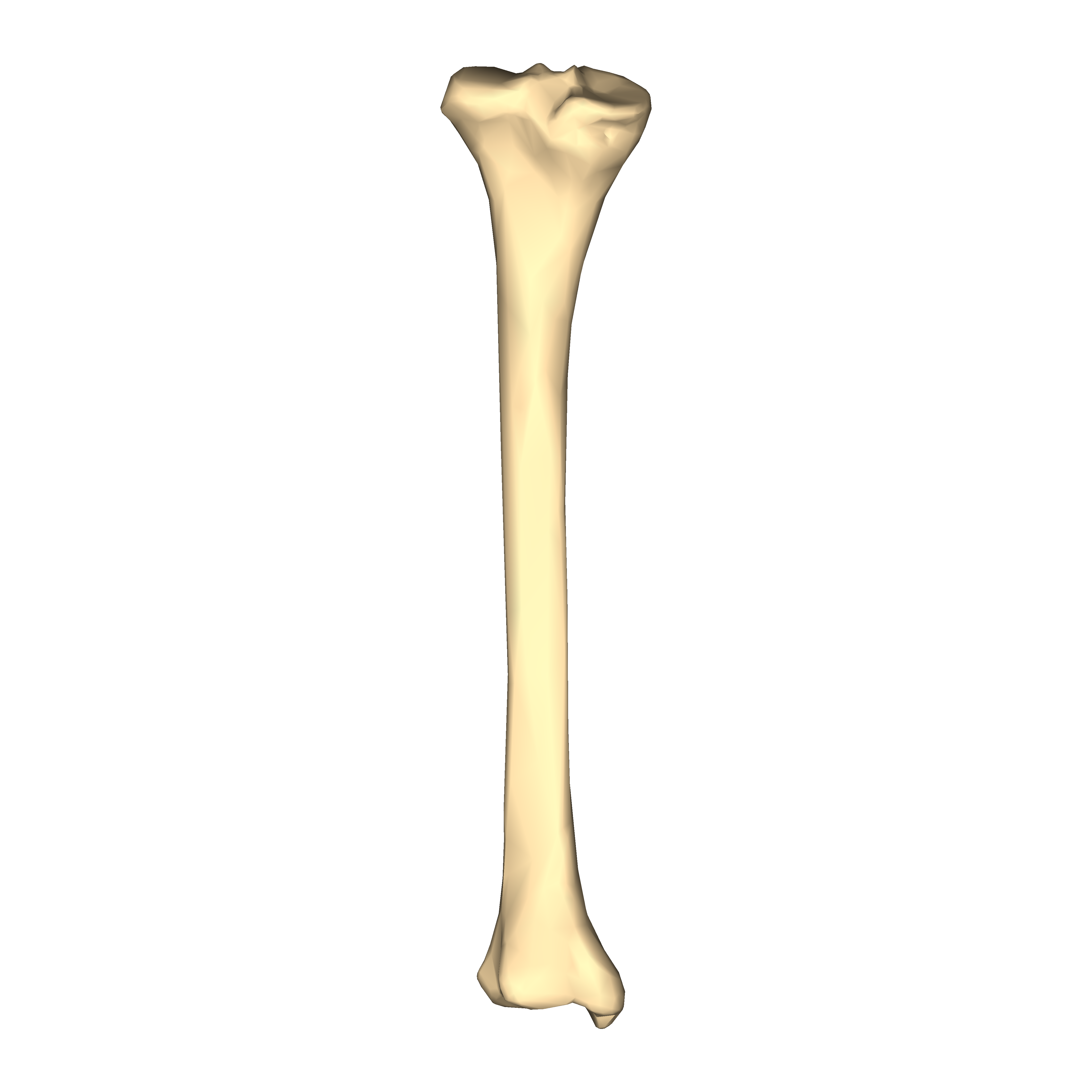
Bone and 8 features
Tibia
Medial condyle
Lateral condyle
Tibial tuberosity
Anterior crest
Medial malleolus
Fibular Notch
Inferior Articular Surface
Interoceus Crest

Bone and 3 features
Fibula
Head
Interosseous Crest
Lateral Malleolus
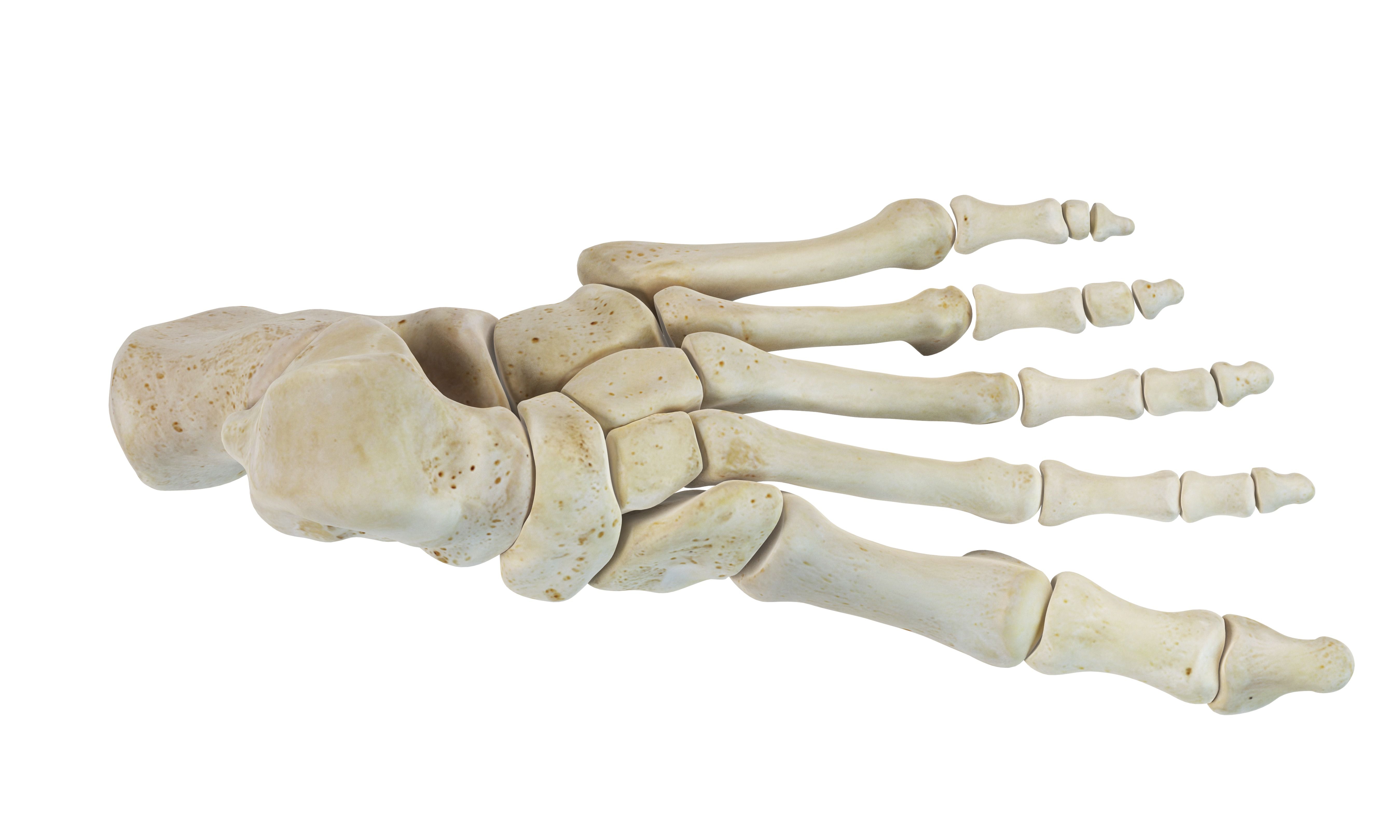
Foot Bones - Names and Number
Tarsals (7)
Metatarsals (5)
Philanges (14)
Tarsals - Phrase and Names
Tiger Cubs Need MILC
o Calcaneus
o Talus
o Navicular
o Cuboid
o Lateral Cuneiform
o Intermediate Cuneiform
o Medial Cuneiform
Human Vs. Non-Human (2 Major Factors)
Size/Maturity
Architecture
Contemporary (Age to be relevant)
50 years or less
Contemporary Vs. Non-Contemporary (4 factors)
State of Preservation
Body Modifications
Personal Belongings
Conditions of Internment
3 Questions to Determine Medicolegal Significance
Is it bone?
Is it Human?
Is it less than 50 years old?
Search and Recovery Tasks (4)
Location
Mapping
Excavation
Collection
Two phases of location
Locate the Scene
Search the Scene
2 Features of Precision Mapping
Datum
Grid Square
Excavation Process
Work Horizontally
Why dig up to 4 inches under the body at a site?
May be traces of Organic Stain
3 “-mortem” terms and definitions
Antemortem - Before Death
Perimortem - During Death
Postmortem - After Death
5 Stages of Death
Pallor Mortis
Algor Mortis
Rigor Mortis
Livor Mortis
Decomposition/Skeletonization
Pallor Mortis
Paleness (up to about 25 minutes after death)
Algor Mortis
Cooling
Rigor Mortis
Stiffening (takes about 10-12 hours)
Livor Mortis
Discoloration (Blanches) (Becomes Fixed 8-12 hours after death)
Decomposition
Decay
3 Characteristics of Decomposition
Bloat
Marbling
Skin Slippage
How to determine Postmortem Interval after decomposition sets in
Entomology
3 possible end stages for decomposition
Adipocere
Mummification
Skeletonization